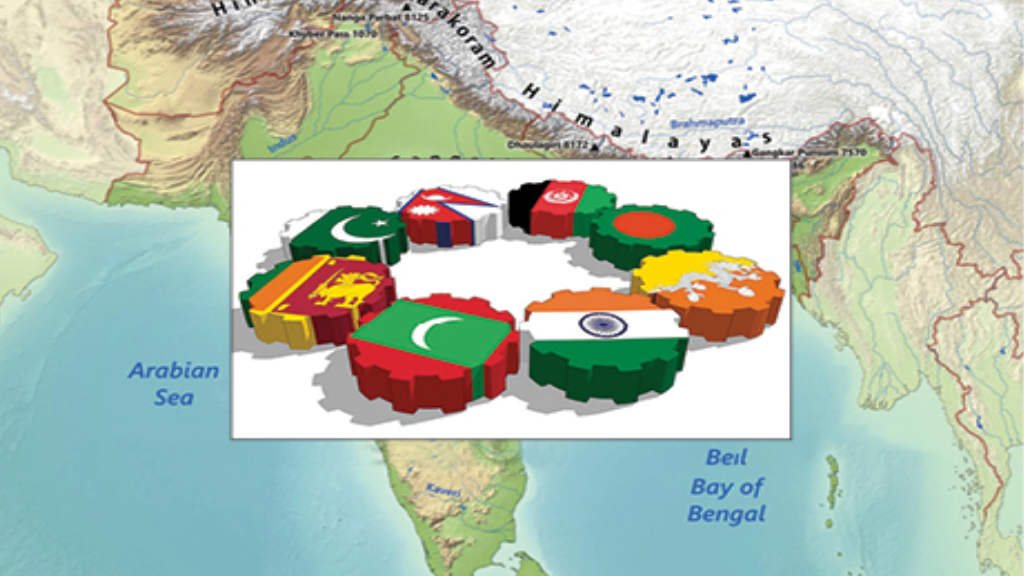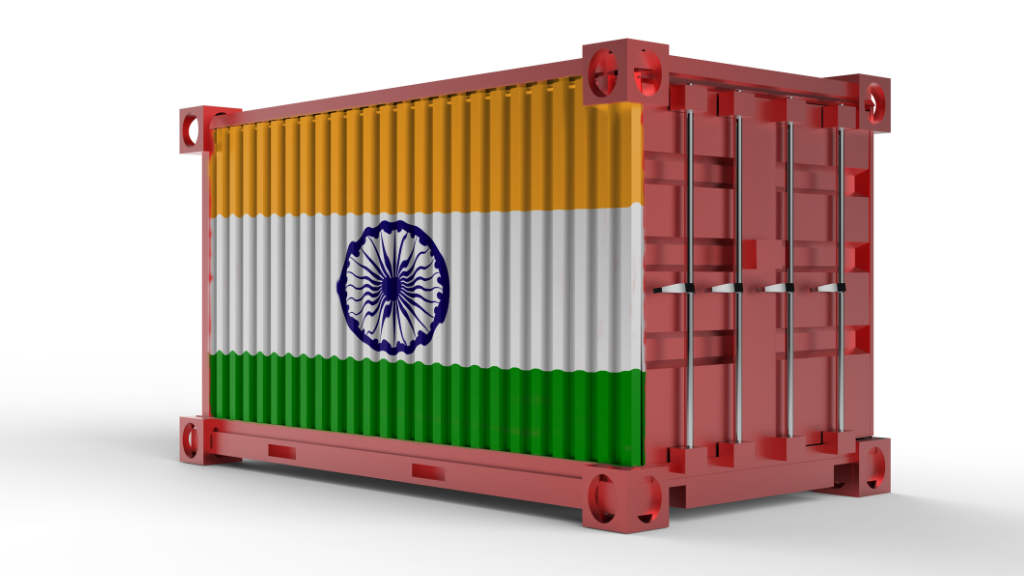Agricultural trade between India and Russia has grown by more than 60% in the past year, Russian Deputy Prime Minister Dmitry Patrushev said during current talks with India’s Ambassador to Russia, Vinay Kumar.
“We are interested in further developing mutual trade,” Patrushev said during the meeting, adding that Russia is ready to increase exports of vegetable oils, livestock and fish products, wheat, and pulses to India and at the same time is keen to import more Indian agricultural products, including fruits and vegetables.
In the 2024 financial year that ends on March 31st, India-Russia trade should exceed $65 billion, largely due to Delhi’s increased oil purchases from Russia; thus, the countries have set a new bilateral trade target of $100 billion by 2030. Both countries see agriculture as a key area for trade expansion.
India today is the eighth-largest agricultural exporter globally, with exports worth around $48.7 billion in the 2023-24 financial year, according to the country’s Agricultural and Processed Food Products Export Development Authority (APEDA). However, India’s agricultural exports to Russia were relatively low at $340 million, with guar gum, non-basmati rice, buffalo meat, and processed foods among the key exports.
In spite of this, industry watchers see strong potential for growth, citing increased engagement between Indian exporters and Russian buyers through trade fairs and government-backed promotions. India, the world’s second-largest fruit producer, is known for its mangoes, bananas, and grapes, which are gaining popularity in export markets. Russia offers significant opportunities for Indian exporters in various categories, including whole grains, pulses, millets, processed foods, spices, and fruits. The country’s processed food sector is also expanding, with exports valued at around $7.7 billion last year.





